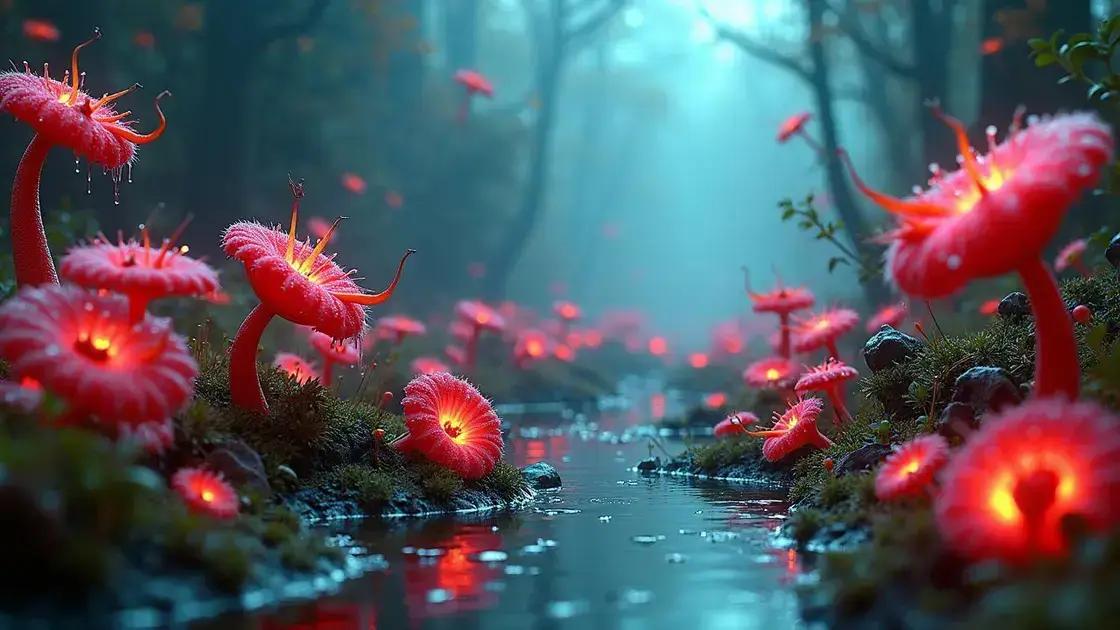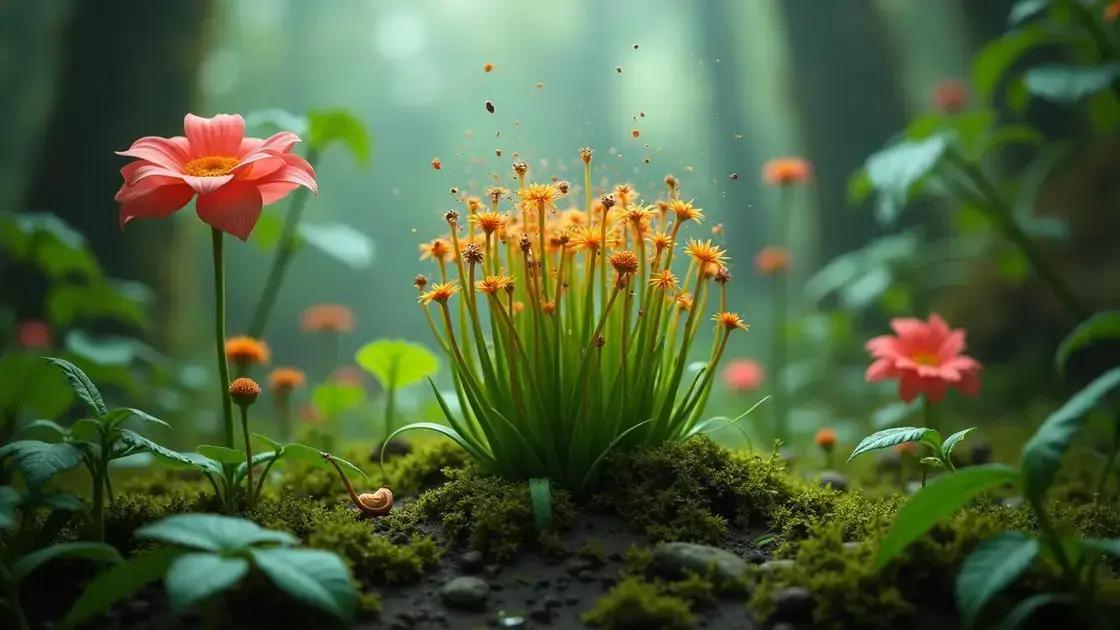How to Take Care of a Venus Fly Trap Plant: 5 Essential Tips for Success
How to take care of a venus fly trap plant can seem daunting, but it’s truly a rewarding venture. These fascinating carnivorous plants capture and digest insects, showcasing a natural wonder right in your home. By providing the right growing conditions and maintaining their vitality, you can enjoy watching these plants flourish and thrive.
Table of Contents
ToggleUnderstanding the environmental needs of your venus fly trap
Understanding the environmental needs of your venus fly trap is crucial for ensuring its health and growth. These unique carnivorous plants thrive in specific conditions that mimic their natural habitat, often found in boggy, nutrient-poor soils in the southeastern United States.
Key environmental factors
- Light: Venus fly traps require plenty of indirect sunlight, ideally 12-16 hours a day. Ensure they receive bright light, as insufficient sunlight can hinder their growth.
- Temperature: The ideal temperature range is 70-95°F during the day and 40-50°F at night. This fluctuation mimics their natural environment and promotes a healthy dormancy period.
- Humidity: High humidity levels (around 50-70%) are essential for their growth. Consider employing a humidifier or misting the plants regularly if grown indoors.
- Soil: Use a mix of sphagnum moss and perlite or sand to replicate the nutrient-poor conditions they flourish in.
Creating the perfect environment
- Place your venus fly trap in a bright location, such as near a south-facing window.
- Maintain consistency in temperature, avoiding sudden drops.
- Regularly check and adjust humidity, particularly in dry seasons.
- Repot your plant wisely to refresh the soil mixture and encourage growth.
Common missteps
- Using regular potting soil is a common mistake; avoid it at all costs to prevent root issues.
- Neglecting to simulate dormancy can cause your plant to become weak.
For further insights and tips, consider exploring indoor gardening techniques that will enhance your gardening skills.
Discover the best watering practices for venus fly traps

Discover the best watering practices for venus fly traps to keep your plant healthy and vibrant. Proper watering is fundamental to the well-being of these unique carnivorous plants, which hail from nutrient-poor environments where the soil remains consistently moist.
Watering frequency and methods
- Frequency: Water your venus fly trap at least once a week, adjusting as necessary. In the summer, it might need more frequent watering due to increased evaporation.
- Method: Always use distilled water or rainwater to prevent mineral buildup that can harm the plant. Avoid tap water altogether!
- Soil moisture: The soil should be damp but not soggy. Check the moisture level by inserting your finger into the soil; it should feel moist but not waterlogged.
Signs of poor watering
- Yellowing or blackening traps may indicate overwatering.
- Cracked soil or wilting leaves can signify underwatering.
- Leaf curl or slow growth may suggest improper water quality.
Creating a watering schedule
- Observe seasonal changes; plants may require less water in winter.
- Use a moisture meter for precise watering needs.
For more insights on optimizing your plant care, check out exploring indoor gardening techniques.
Essential feeding tips for a healthy venus fly trap plant
Essential feeding tips for a healthy venus fly trap plant are key to ensuring these fascinating carnivorous plants thrive in your care. Proper feeding not only helps them grow but also enhances their ability to trap and digest insects, which is essential for their survival.
Understanding their feeding habits
- Diet: Venus fly traps primarily consume live insects, such as flies, spiders, and ants. Ensure they receive a balanced diet of protein sources.
- Feeding frequency: In general, feed your plant every 2-4 weeks during the growing season (spring and summer).
Feeding methods and recommendations
- Live insects: Offer small live insects that fit comfortably within the traps. Avoid oversized prey as it can damage the trap.
- Dead insects: If live insects aren’t available, you can use freeze-dried insects. Moisten them before placing them in the trap to simulate live feeding.
- Fertilizer: If your plant isn’t catching insects, consider using a diluted, balanced fertilizer during the growing season—just once a month.
Common feeding mistakes
- Overfeeding can lead to trap malformation and unhealthy growth.
- Using inappropriate food items, such as animal protein (like meat), can harm your plant.
For more information on nurturing your venus fly trap, you might enjoy exploring indoor gardening techniques, which provide valuable insights into caring for all types of plants.
In conclusion
Caring for your venus fly trap requires attention to its environmental needs, proper watering practices, and essential feeding tips. By following the guidelines outlined in this post, you can create a thriving habitat for your carnivorous plant, contributing to its health and vitality. Remember, observing your plant and adapting your care routine based on their responses is key to successful cultivation. For more insights, check out tips on enhancing your indoor garden and elevate your gardening experience.

